When you notice spiders crawling almost everywhere, it means that spider season has returned. They will be persistent in entering your houses, and you’ll find it hard to control them. But don’t worry, these uninvited guests have no intention of harming you. So, if you’re afraid of spiders, it’s time to conquer your fear.
How long does the Spider season last? Contrary to popular belief, spider season is fairly short and lasts for only about a month and a half. It usually begins in the early fall (or autumn) when leaves are starting to fall, regardless of where you live. In most cases, it ends in the middle of fall or when days are getting colder.
First of all, it is not true that all spiders enter houses during winter. Technically speaking, common house spiders such as hobo spiders usually remain indoors for the entire year. On the other hand, outdoor spider species such as garden spiders are very unlikely to enter homes, regardless of the season of the year. Read this article to find out more about them.
What Time of the Year Are Spiders Most Active?
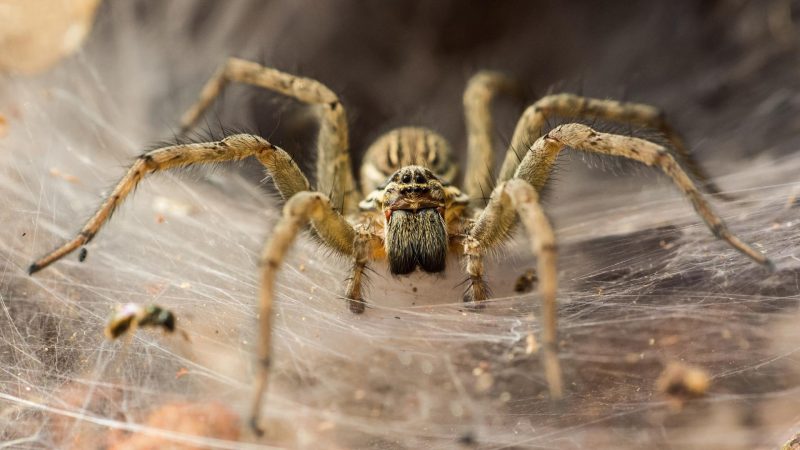
Fall (autumn) is the time of the year when spiders are most active. This means that you will see lots of them from the first or second week of September to the first week of October. During this season, tons of spiders are crawling outdoors and indoors. They will enter your house no matter how hard you try to prevent them.
What Happens During Spider Season?
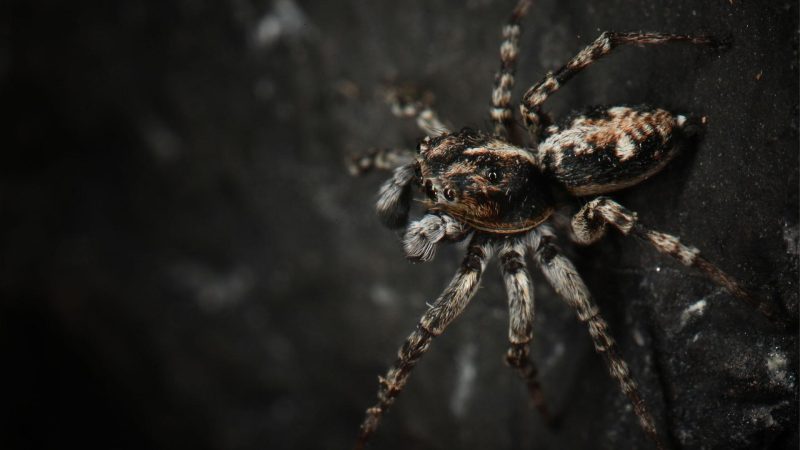
During spider season, tons of male spiders come out to find their mates. On the other hand, females usually stay indoors or around homes, waiting for them in their webs, especially in garages, and other dark, neglected areas. You will rarely spot female spiders crawling in your garden during mating season.
Are All Seasons Spider Season?
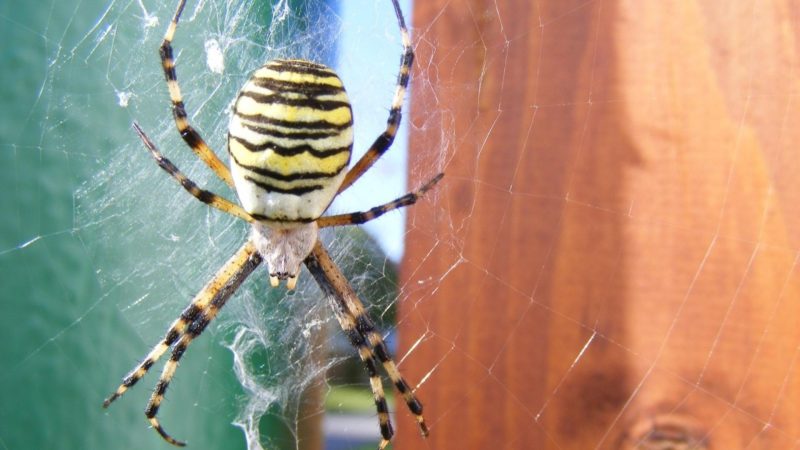
Not all seasons of the year are spider season. You may see some spiders crawling outdoors and even inside your house any time of the year but not as many as during the fall season. Technically speaking, spiders are cold-blooded arachnids, which means that they don’t seek warmth and can survive the cold.
Is Winter Bad for Spiders?
They can survive at a temperature of -5°C (23°F). Spiders are cold-blooded (poikilothermic), which means their body temperatures tend to vary considerably, just like frogs.
When Is Baby Spider Season?
Spring is known as “baby spider season.” Typically, spider eggs hatch into spiderlings for only a few weeks. There could be thousands of eggs in a single egg sac that a single female spider produces at a time. These baby spiders look like adults but are very small, so you can hardly see them once they are dispersed.
On the other hand, those spider eggs in temperate regions usually hatch in the winter. They stay inside the egg sacs so they will not die. Although they are still considered spiderlings, they will only emerge in the spring. Unfortunately, some spiderlings emerge earlier and will therefore die due to very cold weather.
Where Do Spiders Go in the Spring?
Since spring is spider mating season, this is also when females lay eggs. Most of them will force themselves inside their homes to find mates and will also search for food. Outdoor spiders will colonize basements, garages, gardens, exterior walls, and sidewalks. They will also hide in lumber, woodpiles, and firewood.
Where Do Spiders Go In the Summer?
Contrary to popular belief, spiders are not abundant during the summer season. If you see spiders during hotter months, they are usually in their webs. All spiders produce silk, but only the females create webs. Male spiders also spin webs but are only for mating, which means they deposit their sperm on the web.
However, not all spiders build webs. Some spider species such as hunting spiders, jumping spiders, crab spiders, and wolf spiders don’t spin webs. Instead, these non-web-spinning spiders patiently wait for their prey and snatch them very quickly. These “sit-and-wait” predators are the ones you see during summer.
Also, most spider species are not attracted to low moisture levels. This is also why only a few of them such as orb weavers and giant house spiders are mostly seen in the late summer. That is why summer is not considered spider season.
What Do Spiders Do in Autumn (Fall)?
Autumn or fall is the season of the year when spiders are most active, especially male house spiders. This is the time when they search for females to mate with. Some of them enter houses while others roam in fields, gardens, and garages. This is also the time when they look for places to spend winter.
What Happens After Spider Season?
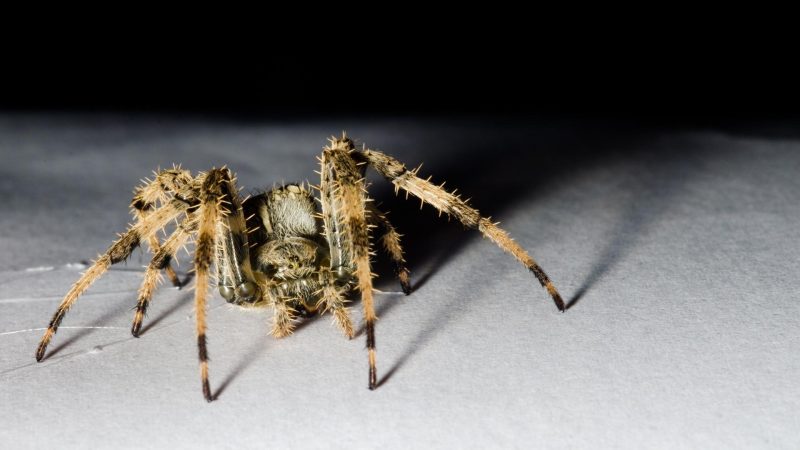
Winter comes right after the spider season, and spiders will gradually disappear. Most outdoor spiders go inactive but do not necessarily hibernate. Spiders produce polyhydroxy, an “anti-freeze” chemical that protects their bodies from the cold and will not die in the winter. However, indoor spiders may die if they go outside.
Meanwhile, spider eggs are very likely to die once they are frozen. To avoid this, eggs that hatch into baby spiders (spiderlings) in the winter remain inside their egg sacs to keep them warm. Once they become adults, they undergo a cold hardening (anti-freeze) process to keep them alive during the winter season.
During these times, you are also very likely to find tons of cobwebs. These old spider webs look like strands of dust, but they are webs that have been abandoned. Because they are made of silk, they are strong and elastic. Unless you remove them, these cobwebs can withstand the changing weather until the next autumn.
What Kind of Spiders Can You Expect During Spider Season?
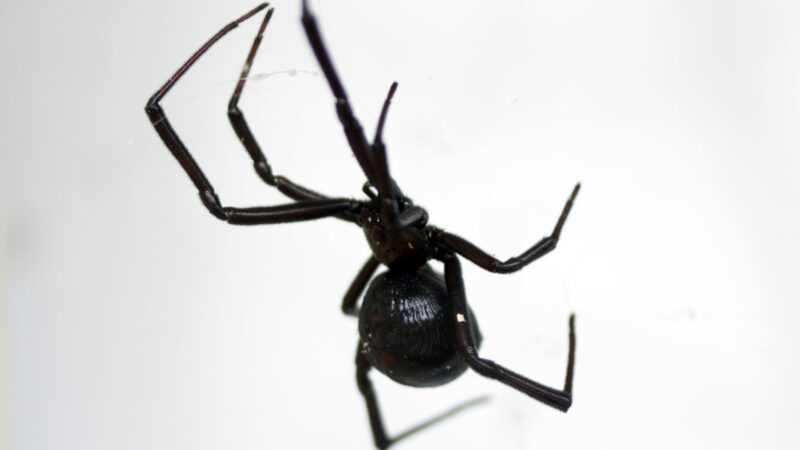
There are different kinds of spiders to expect during spider season. Some of them have been inside your house since they were hatched, but you just don’t see them a lot because they are very good at hiding.
Here are some of the spider species you are likely to see in the fall season.
1. American House Spider
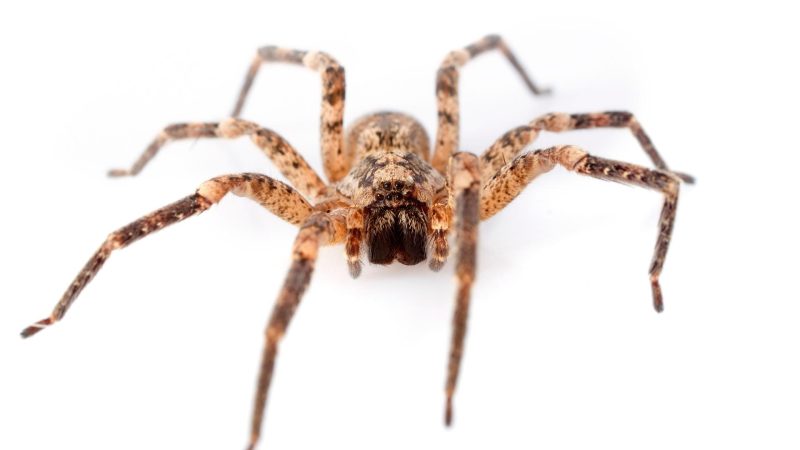
Scientifically known as Parasteatoda tepidariorum, American house spiders are usually yellowish-brown, with a dirty white to brown color and elongated abdomen. Adult males can be between 3.8 to 4.7 mm (0.14-0.18 inches) long, while females are quite long. These spider species are not aggressive, but their bites are painful.
2. Black Widow Spider
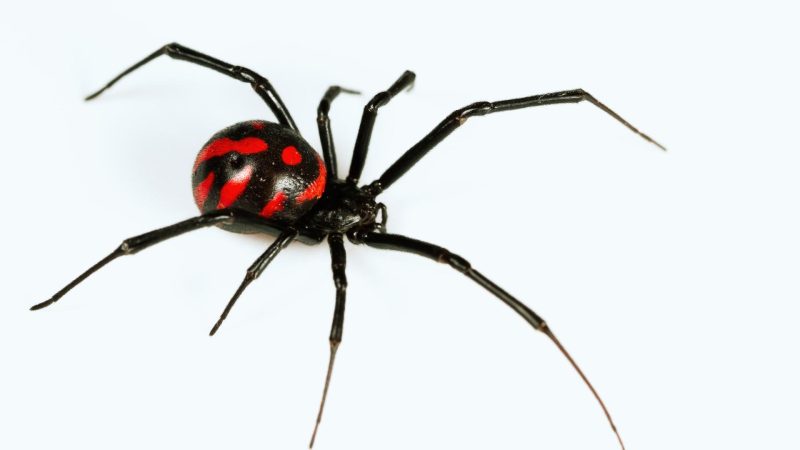
Scientifically known as Latrodectus Hesperus, black widow spiders have a shiny black body, eight slender legs, and a red or orange hourglass-shaped mark on the underside of their abdomen. Their bites range from mild to serious and may need immediate medical treatment, especially for small children and the elderly.
3. Brown Recluse Spider
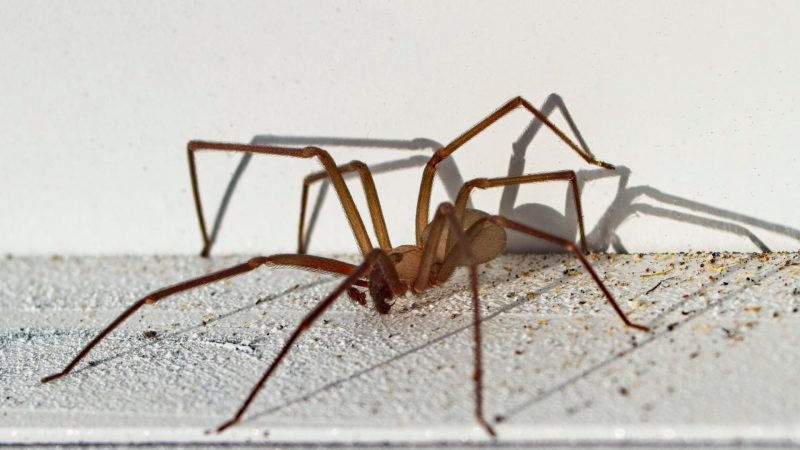
Scientifically known as Loxosceles recluse, brown recluse spiders usually have a violin-shaped mark on their back. However, their most obvious characteristic is that they have only six eyes instead of eight. They only bite when provoked or accidentally harmed, but their bites are painful and usually need medical care.
4. Tarantula
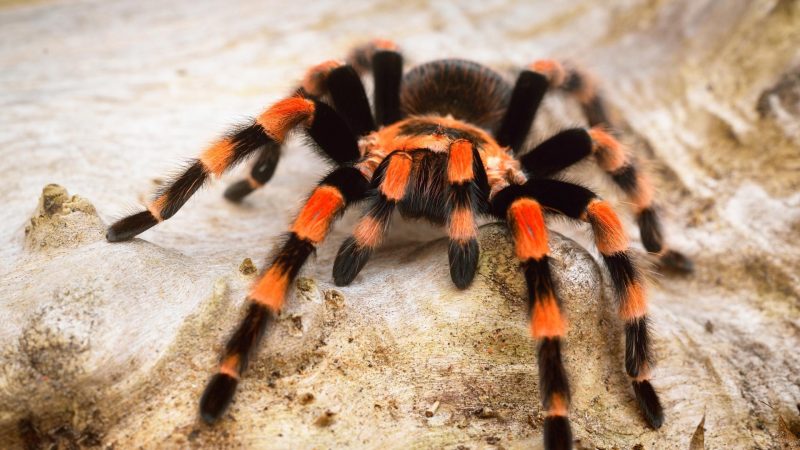
Tarantulas belong to the Theraphosidae family and are probably the heaviest spider species. They are hairy and can grow up to 1 ½ inches (40 mm) long. Because of their huge and scary appearance, lots of people are very afraid of them. However, their bites are not serious, and some people even keep them as pets.
5. Hobo Spider
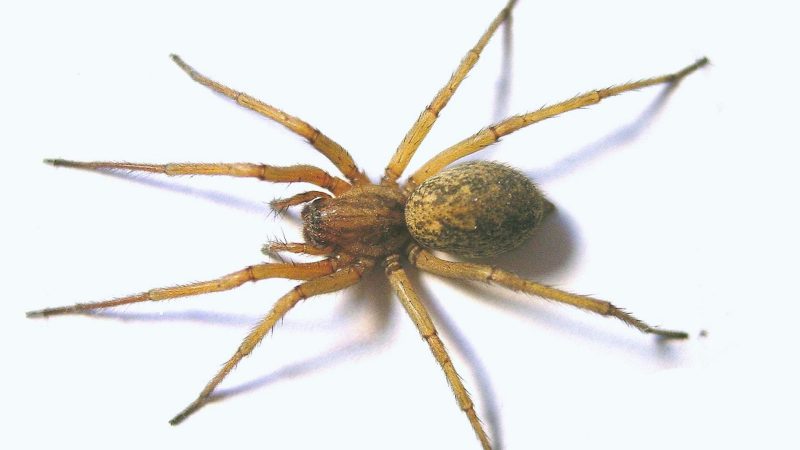
Scientifically known as Eratigena agrestis, hobo spiders are usually dark orange or brown. They can grow between 11-14 mm (0.43-0.55 inches) long and have multiple V-shaped chevron patterns on the top of their abdomen. Earlier studies noted that their bites are toxic, but recent discoveries proved that they are not.
Related: What Is a Hobo Spider? | Identification, Habitat, and Behavior
6. Yellow Sac Spider

Scientifically known as Cheiracanthium milder, yellow sac spiders are only between 5-10 mm (0.2-0.4 inches) long. They are usually light yellow with a slightly darker V-shaped mark on the upper middle of their abdomen. Their bites are also painful, but they may only bite if they are trapped in clothing or bedding.
What to Do During Spider Season?
Fall is the season when spiders are more visible than usual because they are searching for mates. Most of them are harmless and rarely bite, but they can also become a nuisance. So if you can no longer tolerate their presence inside your house, here are some things you can do during spider season:
- To help prevent spiders from entering your house, seal or repair cracks in the foundation.
- Clear your house with clutter regularly to eliminate potential harborage for spiders. Seal all storage boxes and always close cabinets and drawers.
- In bedrooms, make sure beds are not touching the walls and furniture so spiders can’t climb on them. Also, don’t put anything under the beds.
- To help repel spiders, spray vinegar or essential oil solutions. Spiders hate the smell of vinegar and essential oils such as citronella, eucalyptus, and peppermint.
- If killing spiders is the last option, use a vacuum cleaner.
- Trap them inside a bottle with crickets and other small insects as bait. However, you may need lots of bait.
- Use pheromone spider traps such as Terro T3206 Spider & Insect Trap . They are cheap, non-toxic, and attract spiders effectively.
- USE INDOORS: Use these insect and spider traps indoors; folded to...
- TRAPS AND KILLS PESTS: Kills spiders, ants, cockroaches,...
- KILLS THE "BIG 3" SPIDERS - Use these spider sticky traps to...
- VERSATILE PLACEMENT: Use roach glue traps around the home against...
- EASY-TO-USE STICKY TRAPS can be used flat or folded
Related: Vinegar As Spider Repellent: How To Use Vinegar To Get Rid of Spiders?
List of Sources
Truscott, S. (2018). Season of the spider: WSU scientists ease fears over arachnids of autumn. Washington State University.
Peairs, F. B., Cranshaw, W. S., Cushing, P. E. (2013). Spiders in the Home. Colorado State University Extension.
Jacobs, S. (2018). Common House Spider. PennState Extension.
Potter, M. F. (2018). Brown Recluse Spider. PennState Extension.
- How to Get Rid of Copperheads | Practical Guide - August 27, 2023
- How to Get Rid of Corn Snakes | What Makes Them Aggressive? - August 27, 2023
- How to Get Rid of Alligators | Safety Measures and Removal Methods - July 16, 2023

